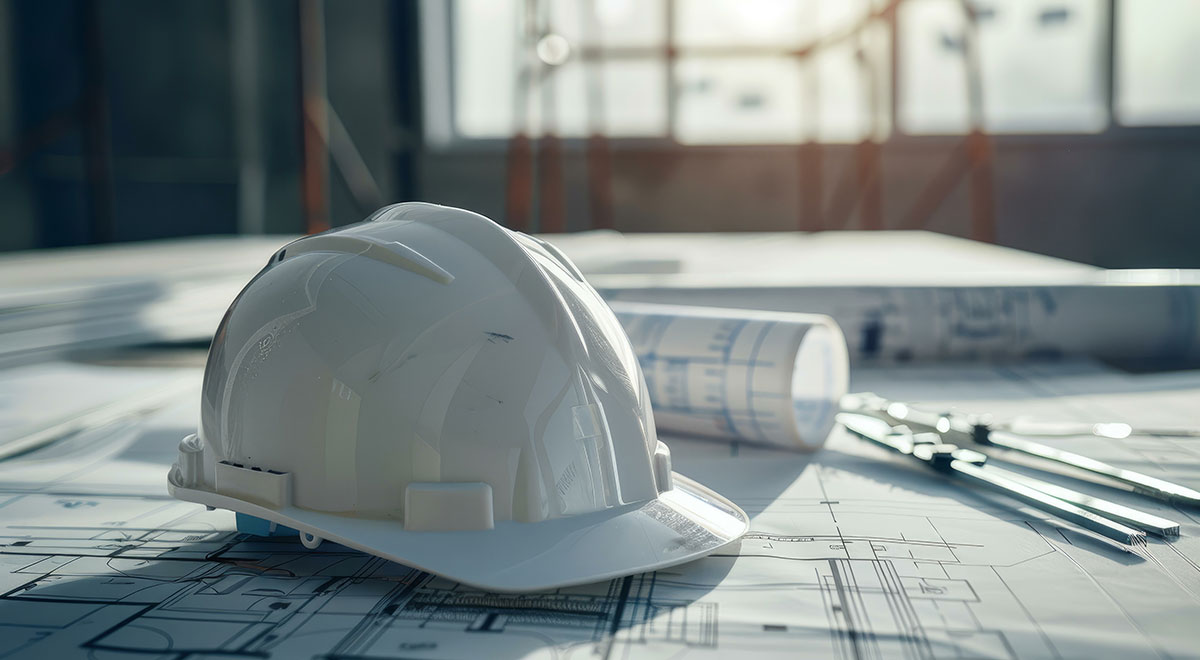A Journey Measured in More Than Projects
When I founded MX Properties more than 30 years ago, I didn’t set out to build a legacy. I was focused on building properties—retail centers that made sense, served their communities, and offered good returns. But over time, what started as a business plan evolved into something deeper: a long-term mission rooted in quality, relationships, and trust.
Now, three decades in, I’ve come to see that real value isn’t just measured in square footage or lease revenue—it’s measured in impact. It’s the feeling you get when you see a center still thriving 15 years after it opened. It’s the trust you earn from partners who return project after project. It’s the pride in knowing you’ve left something behind that works, that lasts, and that matters.
Here are the most important lessons I’ve learned in this journey—lessons I wish someone had handed me when I was just getting started.
Patience is the Developer’s Superpower
Commercial development isn’t fast. From land acquisition to entitlements to permitting to construction and leasing, even the simplest projects can take years to bring to life. Early in my career, I was always looking for speed. I wanted to break ground quickly, fill vacancies fast, and move on to the next opportunity.
But with experience came a deeper appreciation for timing—not just time. I learned that forcing a deal before the market is ready, or rushing through due diligence, usually creates more problems than it solves. The best projects often come to life only after careful planning, long conversations with stakeholders, and yes—waiting for the right window to open.
Patience doesn’t mean standing still. It means moving deliberately, keeping your eyes open, and respecting the rhythm of the process. That kind of discipline takes practice, but it pays off again and again.
Adaptability Wins in the Long Run
No two market cycles are alike, and if there’s one thing you can count on in real estate, it’s change. We’ve lived through booms and busts, shifting consumer habits, regulatory changes, and unexpected disruptions like the COVID-19 pandemic. If you want to build something that endures, you can’t cling to the old playbook—you have to stay flexible.
Over the years, MX Properties has evolved from strictly retail to include medical tenants, QSRs, convenience stores, hospitality, and even self-storage. We didn’t make those shifts because we were chasing trends—we did it because we listened to the market, studied the data, and adjusted accordingly.
That adaptability also shows up in how we design. Gone are the days of cookie-cutter strip malls. Today, we’re building centers that reflect local needs, include wellness amenities, and offer flexible spaces that evolve with our tenants. The ability to pivot—without losing focus—is what keeps you relevant over the long term.
Relationships Build the Real Foundation
Real estate is often seen as a “hard asset” business—concrete, steel, and leases. But the truth is, the most valuable assets are relationships.
Many of the tenants we work with today have been with us for years. The same goes for our contractors, brokers, and lenders. Those relationships weren’t built overnight—they were built by being honest, showing up, delivering results, and owning our mistakes when they happened.
I’ve always believed that you can’t build a long-term business if you’re only focused on the short-term deal. That means saying “no” when something doesn’t fit, even if the economics look tempting. It means helping a tenant through tough times, knowing that loyalty runs both ways. And it means staying in touch long after the ribbon cutting.
In a world that’s increasingly transactional, real estate remains a relationship-driven business. And I wouldn’t want it any other way.
Community is the True End User
When we develop a site, our client may be a brand, a franchisee, or an investor—but the end user is the community. That’s something I try to remind myself and my team at every stage of a project. Because at the end of the day, it’s the people who live, shop, and work in that neighborhood who determine whether a project succeeds.
We don’t just build for leases—we build for life. That’s why we prioritize walkability, thoughtful landscaping, and design that fits the local environment. It’s why we engage with municipalities early and aim to be good stewards of the neighborhoods we work in.
When you focus on community impact, you not only build better projects—you build a better brand. And over time, that goodwill becomes one of your greatest assets.
Legacy Is a Long Game
Looking back, I don’t measure my career in number of projects or total square footage (though there’s plenty of both). I measure it in stability, integrity, and the reputation MX Properties has earned over the years.
Our projects are still standing. Our tenants are still growing. And our partners still call when they want something done right. That, to me, is what legacy looks like.
Of course, we’re not done. I still love this work—still get excited about a promising site or a new tenant concept. But I also know that every decision we make today shapes the future we’ll look back on tomorrow.
So, to the next generation of developers, here’s my advice: Build slow. Build smart. Build to last. Because the true value of what you build isn’t measured just in rent rolls—it’s measured in what you leave behind.
And if you get it right, your legacy won’t just be written in contracts or spreadsheets—it’ll be built in square feet that stand the test of time.
